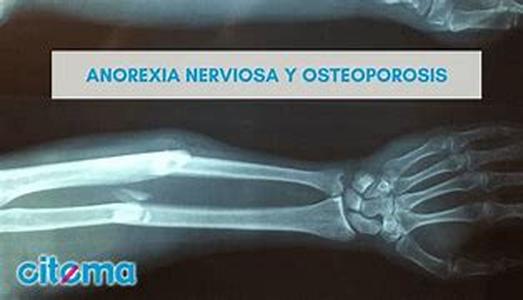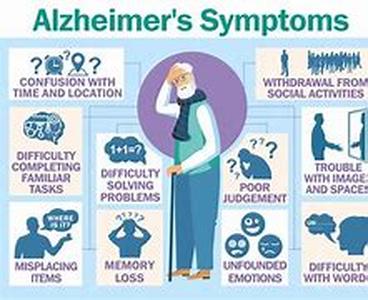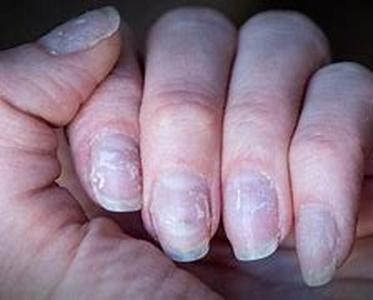
Although We Usually Think Of Arthritis As One Single Disease, It Is Actually A Complex Disorder Comprised Of Several Distinct Conditions And Characterized By A Common Symptom: Pain And Inflammation Of The Joints. One Of The Most Common Forms Of Arthritis Is Osteoarthritis (OA), Otherwise Known As Degenerative Arthritis. Signs Of Osteoarthritis Start To Occur During The Onset Of The Breakdown Of The Cartilage Of One Or More Joints. Eventually, As The Disease Progresses, The Cartilage Becomes Completely Damaged, Resulting To Loss. The Common Affected Areas Include The Hands, Feet, Spine, And Large Weight Bearing Joints, Such As The Hips And The Knees. Osteoarthritis Occurs In Over 20 Million People In The United States, Comprising 30 Of The 70 Million People In Total Affected By Arthritis And Other Rheumatoid Conditions. It Is Also More Frequently Observed Among Women Over The Age Of 55. What Causes It?Osteoarthritis Is Most Primarily Related To Aging. As The Person Ages, The Cartilage (the Connective Tissue That Provides Cushioning In The Joints) Increases In Water Content, In Turn, Causing Its Protein Content To Degenerate. And As The Cartilage Is Mostly Protein, This Change Entirely Upsets The Cartilage Makeup. The Cartilage Thins As A Result Of Wear And Tear. Without The Cushioning Provided By The Cartilage, Repetitive Use Of The Joints Over The Years Causes Friction, Which In Turn Results In Irritation Of The Joints And Eventually Swelling. As Osteoarthritis Progresses, The Cartilage Begins To Flake Off Or Forms Tiny Crevasses. In Some Cases, The Cartilage Of A Person With Osteoarthritis May Even Form New Bone Outgrowths Called Spurs. Eventually, When The Case Is So Advanced, There Is Total Loss Of The Cartilage, Leading To Extreme Pain And Limitation Of Joint Mobility. SymptomsUnlike The Other Two Common Forms Of Arthritis (lupus And Rheumatoid Arthritis), Osteoarthritis Is Not A Systemic Illness. That Means, It Only Affects The Joints And Not Any Other Organs Of The Body. The Most Common Symptom Of Osteoarthritis Is, Of Course, Joint Pain, Often After Repetitive Use. The Pain Is Worse Later In The Day Usually Though Pain Could Also Occur Right After An Extended Period Of Rest. Patients With Osteoarthritis May Also Observe Swelling, Warmth, And Creaking Of The Affected Joints. Some Stiffness And Pain May Occur As Well.Osteoarthritis May Vary From Patient To Patient As Some May Be So Debilitated By The Disease That They Cannot Move. Others May Suffer Only Few Symptoms Despite The Degeneration Of The Joints. Additionally, The Symptoms Of Osteoarthritis Can Be Intermittent. That Means That Patients With Osteoarthritis May Suffer Pain For Several Years And Then Suddenly Enjoy Pain Free Intervals The Next. As There Is No Cure Yet, The Disease May Never Completely Go Away.How To DiagnoseX-rays Of The Joints Affected By Osteoarthritis Are The Most Accurate Method Of Diagnosing Patients With This Kind Of Arthritis. The X-ray Will Show Whether There Is Loss Of Joint Cartilage, Or There Is Narrowing Of The Joint Space Between Adjacent Bone. X-rays Are Also Helpful In Order To Determine What Caused The Joint Pain Whether It Is Only Caused By Overusage Or Whether There Are Really The Beginnings Of The Disease Evident.





